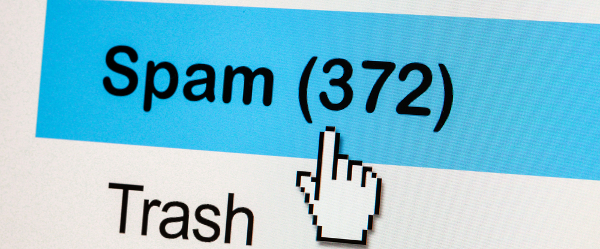
The proportion of spam in email traffic has fallen for the third year in a row to 69.6%, after decreasing by 2.5%.
In the last three years the share of unsolicited messages has fallen by 10.7%. It appears that advertisers increasingly prefer the various types of legitimate online advertising that are now available and which generate higher response rates at lower costs than spam can offer.
According to Kaspersky’s latest report, spammers, however, have developed some new traps to evade corporate spam filters, challenging antispam vendors, IT managers and consumers to bolster their measures.
The report also anticipates that the spam traffic during 2014 would maintain constant level as 2013, while there would be a rise in ‘grey’ distributions.
"As we see fewer legal commercial offers in spam, the more we see fraudulent and malicious messages appearing," the report added.
"Previously cybercriminals could rely on exploiting the trust of unwary users, but now they face a new generation of IT-savvy targets.
"That has prompted them to adopt new tactics, such as sending out malicious attachments in the guises of antivirus updates."
The security firm also anticipates that among malicious attachments there is more and more malware mainly targets stealing confidential data, mainly passwords and logins to banking systems, with the trend anticipated to continue.
"Spam is changing and as traditional advertising declines we see far more fraud, malware and phishing," the security firm said.
"As a result, even experienced Internet users have to be more alert than ever to avoid stumbling into a cybercriminal’s trap."






